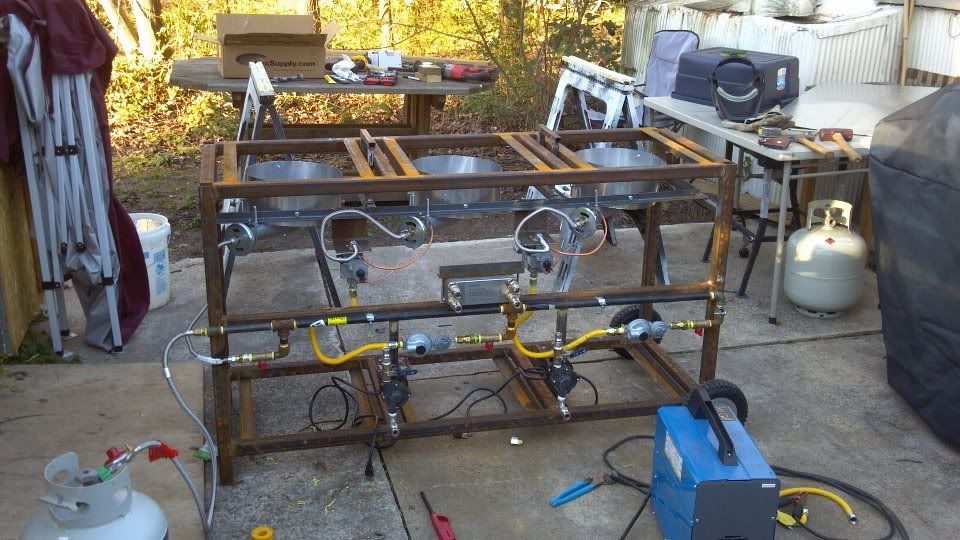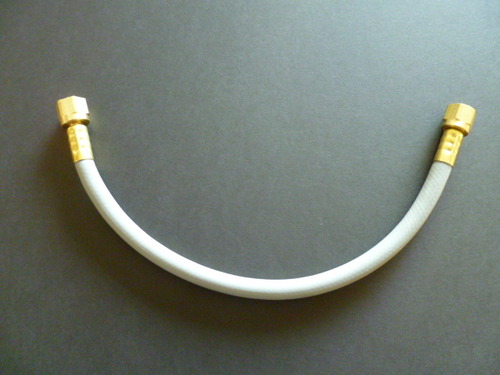The low pressure burner route will be a bit easier to build and the cost per burner will be about $100 for parts and 10" Banjo burners. If you have time and are willing to endure the auction sites you could save some money if not then here are a couple places to shop, burners AG supply, gas valve, pilot burner and thermocouple-PEX Supply.
PEX supply,
Gas valve part number Honeywell VR8300A3500
Pilot burner Q314A4586
thermocouple Q390A1061
Can be found at RV supply sites:
Low pressure LP regulator Marshall 299-00
Burners
AG supply BG-14 High Pressure Cast Iron Burner (will work well on low pressure) if gas jet is drilled out for low pressure LP
Can you recommend a spark ignition setup? I think there were references to a Honeywell setup (and wiring diagram) in the ASCO RED HAT VALVE thread, I think that the links to the honeywell spark modules might have been on ebay auctions that are expired.
Reading these posts, old and new, has been very helpful and I appreciate all the knowledge that many people have in particular areas.
I think I've abandoned the ASCO valve, and am going to go with a honeywell setup like I think you had discussed with Korndog, and going with a spark ignition setup.
I think I am going to use regular black gas pipe (what's best for thread sealing?) instead of gas bar setup, and just bolt the pipe to the stand. Any particular schedule I'll need to get?
Ordered my 10 jet mini burners like on the BYO/Lonnie Brutus today. These appear to have a 3/8" NPT female inlet port. Is it acceptable to use reducers for gas plumbing or will that alter the pressure and velocity of gas adversely? I've not ordered any of the other parts yet except the burners.
Going to use a acetylene dual gauge regulator on the propane tank which was suggested in another thread to control pressure when using mulitple burners so you can run up to 3 at a time. It is possible that I might want to run all 3 at once ( to maybe do a double batch for instance and use up the last of my extract kits at the same time, but probably never run more than 2 at once)
Also would like to install a 3rd spark ignition setup to fire the boil kettle and avoid scorching my arms when lighting manually.
Can you recommend any method to install a master kill switch that shuts all the gas off and electric as well?
THANKS!
TD





